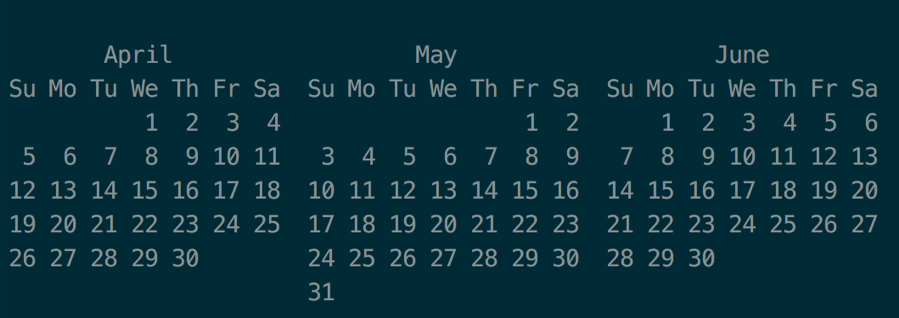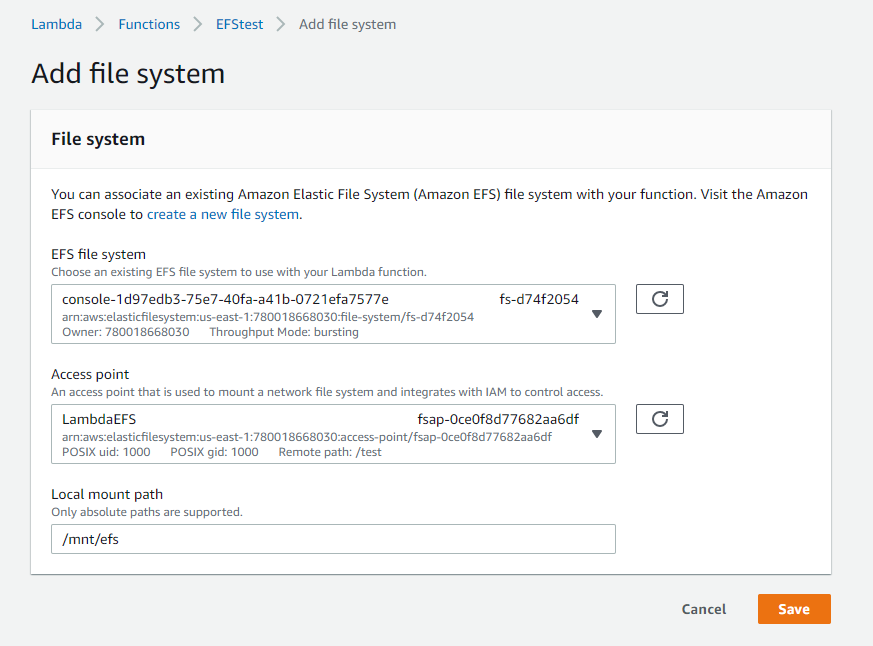AWS Compute Blog
Category: Developer Tools
ICYMI: Serverless Q2 2020
Welcome to the 10th edition of the AWS Serverless ICYMI (in case you missed it) quarterly recap. Every quarter, we share all of the most recent product launches, feature enhancements, blog posts, webinars, Twitch live streams, and other interesting things that you might have missed! In case you missed our last ICYMI, checkout what happened […]
The Serverless LAMP stack part 3: Replacing the web server
Update: The complete blog series and supporting GitHub repository is now available: Part 1: Introducing the new Serverless LAMP stack Part 2: Scaling relational databases Part 3: Replacing the web server Part 4: Building a serverless Laravel application Part 5: The CDK construct library for the serverless LAMP stack Part 6: From MVC to serverless […]
Load testing a web application’s serverless backend
In this post, I discuss focus areas for load testing of serverless applications, and highlight two tools commonly used. I show how to configure Artillery with customized functions, and how to run tests to simulate load on the Ask Around Me application.
Building well-architected serverless applications: Approaching application lifecycle management – part 3
This series of blog posts uses the AWS Well-Architected Tool with the Serverless Lens to help customers build and operate applications using best practices. In each post, I address the nine serverless-specific questions identified by the Serverless Lens along with the recommended best practices. See the Introduction post for a table of contents and explanation […]
Using Amazon EFS for AWS Lambda in your serverless applications
Serverless applications are event-driven, using ephemeral compute functions to integrate services and transform data. While AWS Lambda includes a 512-MB temporary file system for your code, this is an ephemeral scratch resource not intended for durable storage. Amazon EFS is a fully managed, elastic, shared file system designed to be consumed by other AWS services, […]
Creating serverless applications with the AWS Cloud Development Kit
This post is contributed by Daniele Stroppa, Sr. Solutions Architect In October 2019, AWS released an improvement to the getting started experience in the AWS Lambda console. This enables you to create applications that follow common best practices, using infrastructure as code (IaC). It also provides a continuous integration and continuous deployment (CI/CD) pipeline for […]
Building well-architected serverless applications: Approaching application lifecycle management – part 2
This series of blog posts uses the AWS Well-Architected Tool with the Serverless Lens to help customers build and operate applications using best practices. In each post, I address the nine serverless-specific questions identified by the Serverless Lens along with the recommended best practices. See the Introduction post for a table of contents and explanation of the example application. Question OPS2: […]
Introducing the serverless LAMP stack – part 2 relational databases
Update – June 30, 2020: Amazon RDS Proxy support for MySQL and PostgreSQL is now generally available. The complete blog series and supporting GitHub repository is now available: Part 1: Introducing the new Serverless LAMP stack Part 2: Scaling relational databases Part 3: Replacing the web server Part 4: Building a serverless Laravel application Part 5: […]
Building well-architected serverless applications: Approaching application lifecycle management – part 1
This series of blog posts uses the AWS Well-Architected Tool with the Serverless Lens to help customers build and operate applications using best practices. In each post, I address the nine serverless-specific questions identified by the Serverless Lens along with the recommended best practices. See the Introduction post for a table of contents and explanation of the example application. Question OPS2: […]
Introducing the new Serverless LAMP stack
Update : You can now find the supporting GitHub repository to this series. Part 2: Scaling relational databases Part 3: Replacing the web server Part 4: Building a serverless Laravel application Part 5: The CDK construct library for the serverless LAMP stack Part 6: From MVC to serverless microservices Additional: Building PHP Lambda functions with […]









